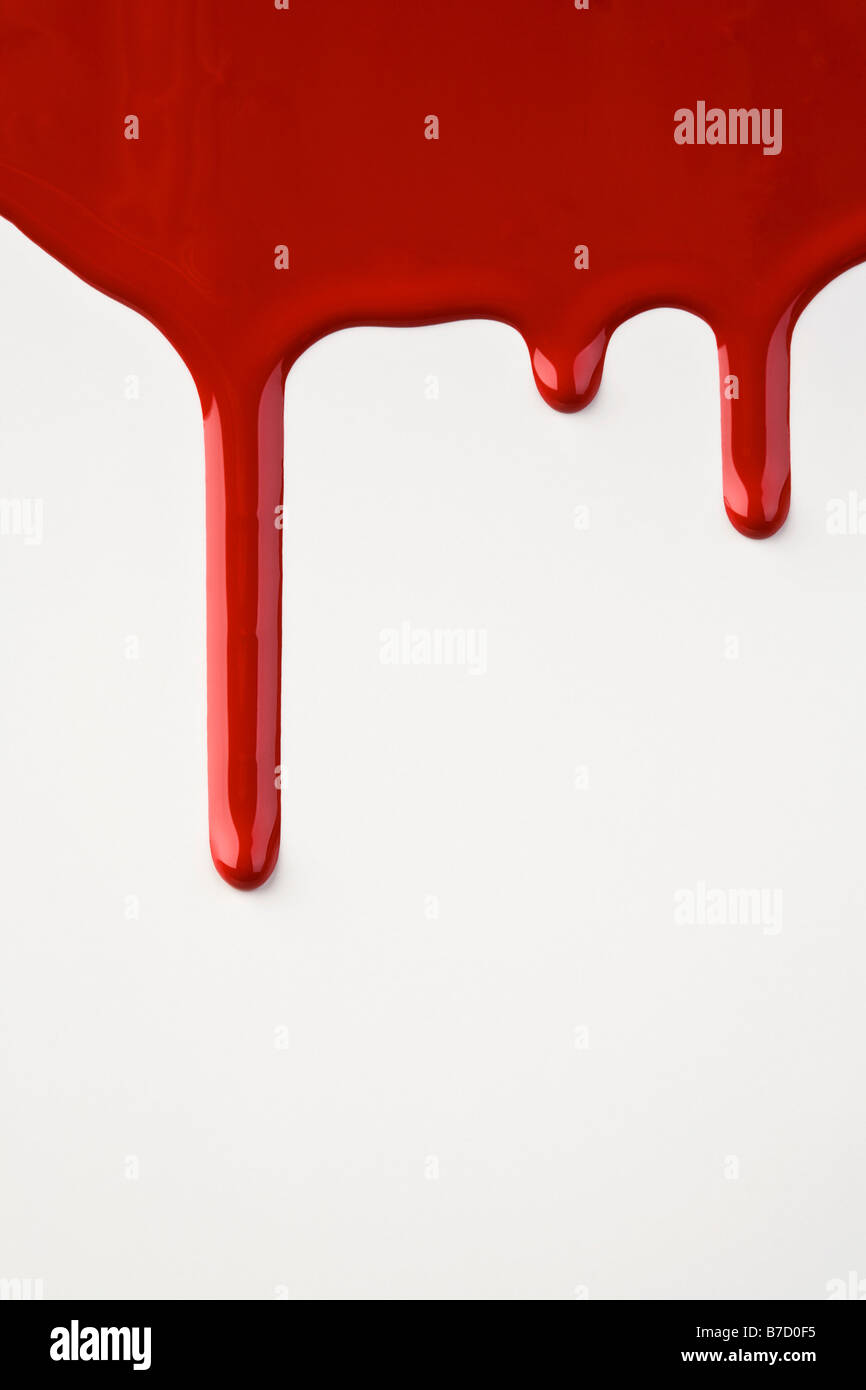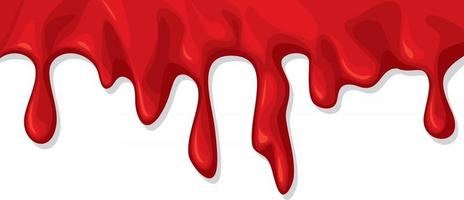

Inflatable balloon catheters work well to stop blood flow for posterior bleeding sources.
Packing the nose: Packing the anterior or posterior area of the nose with a cotton gauze, nasal sponge, or inflatable latex balloon places direct pressure on the source of the bleed, helping to stop blood flow. The most common medical treatments for nosebleeds include: For posterior nosebleeds that do not resolve spontaneously, further medical care may be needed. 
These steps work particularly well for anterior nosebleeds. Avoid irritants, such as cigarette smoke, until the injury has healed.

Do not pick or blow the nose for several hours following the bleed.
if bleeding has not stopped after 20 minutes, seek immediate medical attentionĪfter the bleeding has stopped, it can be helpful to place a bag of ice on the nose to reduce pain and swelling. hold this position for up to 15 minutes. avoid placing tissue, gauze, or other objects in the nose. with the thumb and index finger, pinch the soft area at the front of the nose. use a nasal decongestant spray, such as oxymetazoline or neo-synephrine. lean forward, to prevent blood entering the throat. sit upright, to keep the head above heart level. 
The following steps can be taken to treat a nosebleed: The first-line treatments for nosebleeds include holding pressure on the nose and nasal decongestant sprays. Share on Pinterest As a first-line treatment it is recommended to remain calm, sit upright, and pinch the soft area at the front of the nose. However, many cases of bleeding from the nose are classed as idiopathic, meaning the cause is unknown. Some complementary and alternative medicines, such as ginkgo biloba and vitamin E, may increase the risk of bleeding from the nose.Īccording to the American Rhinologic Society, the most common known causes of nosebleeds in general are trauma, foreign objects placed inside the nose, infection, and continued exposure to dry air. Medications that increase the risk of nosebleeds include anti-inflammatory drugs and blood thinners.
Von Willebrand disease, a genetic blood disorder. atherosclerosis, causing hardening and narrowing of the arteries. inflammatory diseases and immune disorders. blood disorders, such as hemophilia or leukemia. Posterior nosebleeds can also occur after surgery to the head or nose. frequent picking or scratching the nose. blowing the nose too harshly or too frequently. Share on Pinterest Posterior nosebleeds may be caused by frequent picking, scratching, and blowing the nose too harshly.Įxamples of trauma that can typically lead to nosebleeds include:








 0 kommentar(er)
0 kommentar(er)
